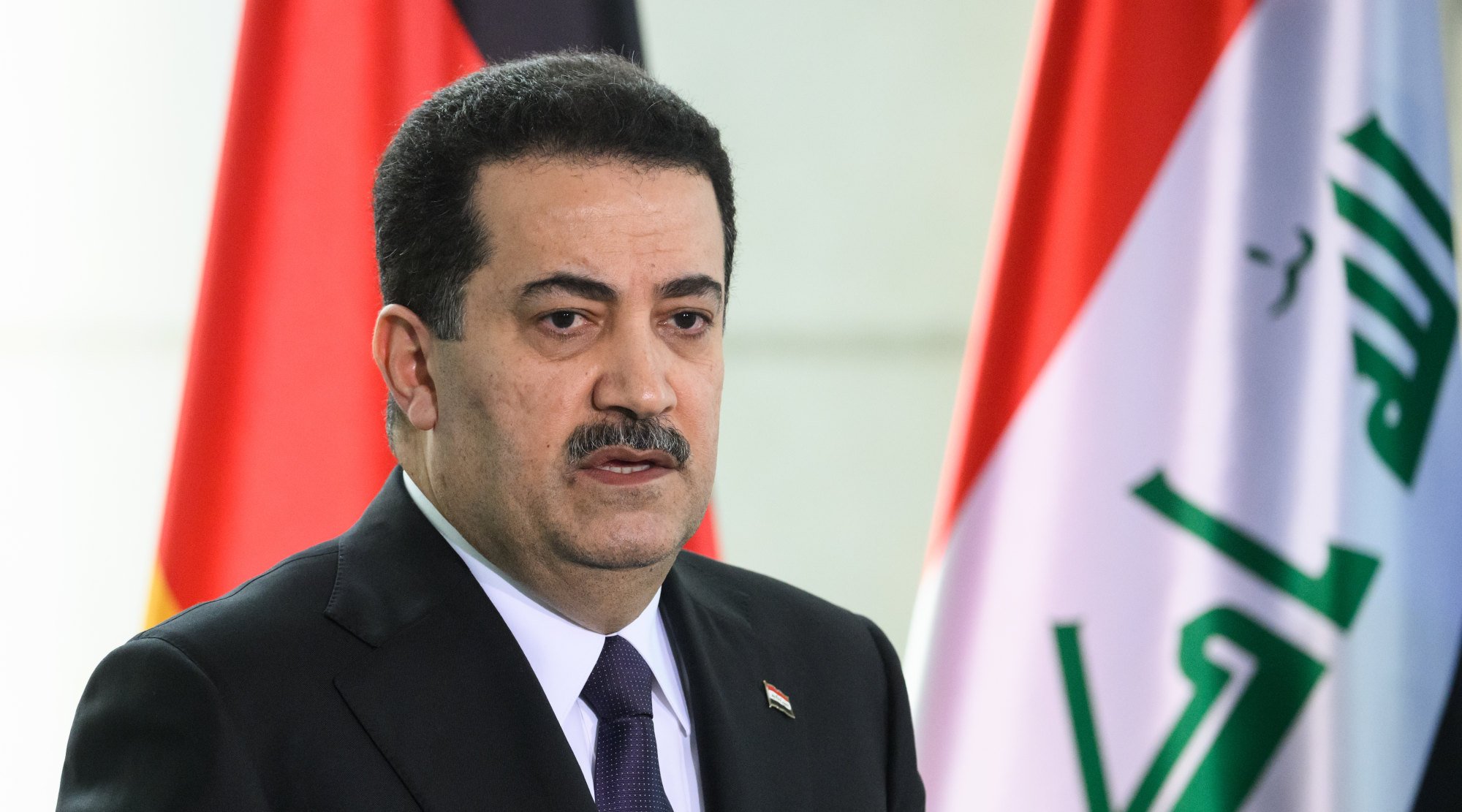
The two countries agreed to form working groups that would eventually lead to formulating “a specific and clear timeline … and to begin the gradual reduction of its [the coalition’s] advisers on Iraqi soil”, Iraq’s foreign ministry said.
The ministry said the timeline would be contingent on evaluating the “threat posed by IS and its danger” as well as the “reinforcement of the capacities of the Iraqi security forces”.
In a statement, US Defence Secretary Lloyd Austin confirmed meetings “in the coming days” to discuss the “transition” of the coalition based on the outcomes of the Joint Security Cooperation Dialogue held between the two countries in August.
US strikes militia sites in Iraq, Houthi anti-ship missiles in Yemen
US strikes militia sites in Iraq, Houthi anti-ship missiles in Yemen
The meetings would “determine how the Coalition’s military mission will evolve on a timeline” based on factors including the threat posed by Islamic State, “operational and environmental requirements” and the capability levels of Iraq’s security forces, the statement said.
There are roughly 2,500 US troops deployed in Iraq and about 900 in Syria as part of the anti-IS coalition launched in 2014.
The US strikes on Iran-backed groups on Wednesday sparked condemnation from Baghdad, with Prime Minister Mohamed Shia al-Sudani calling on the coalition to leave the country.

